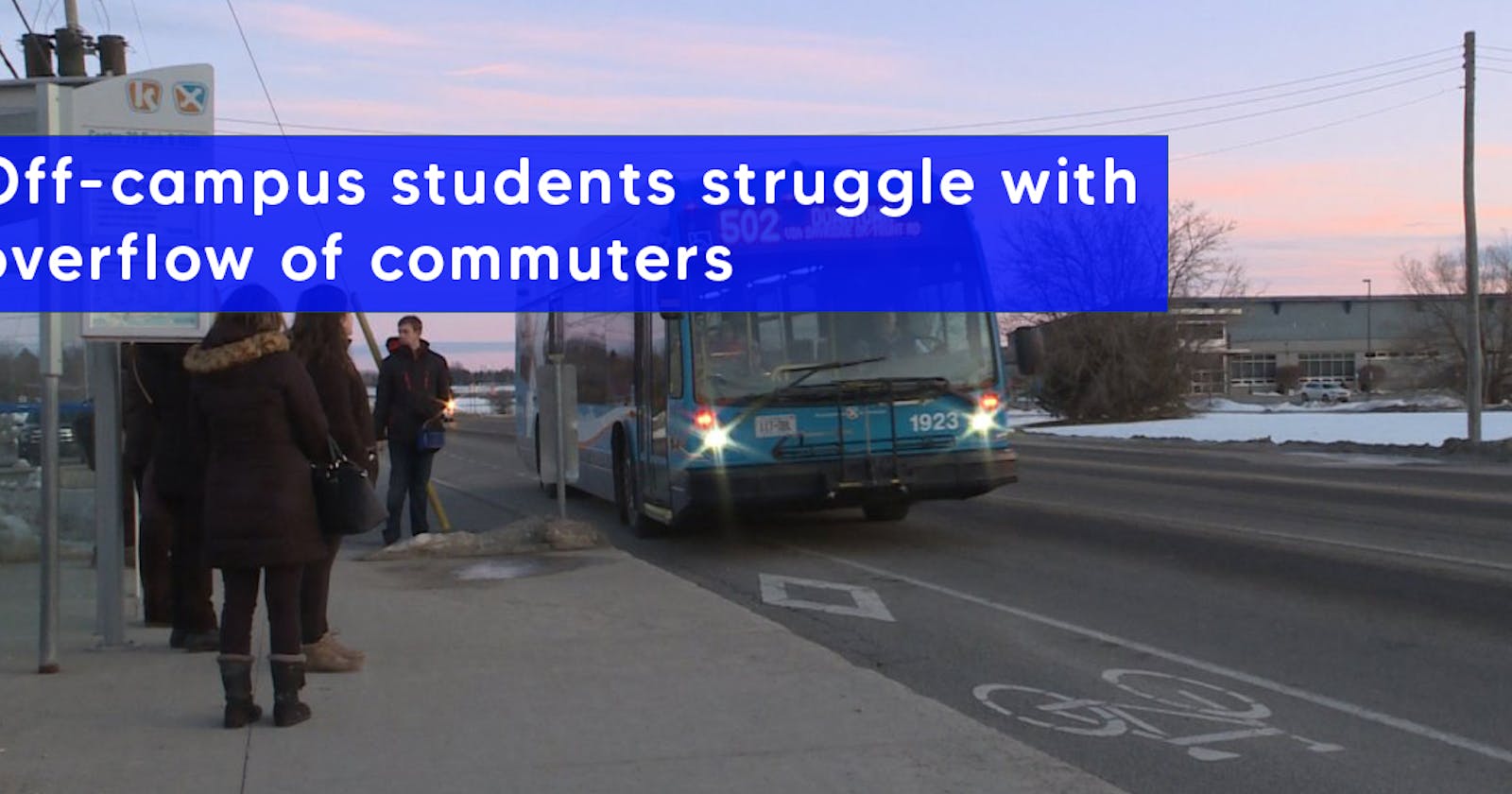Software Solution: Off-campus students struggle with the overflow of commuters
For students living off-campus, commuting can be a nightmare. Commuters face problems like increased costs, high rent, and a lack of social interaction with faculty and staff. They also need time management help, making it harder to attend classes. Efficient transit can help manage their time and provide superb accessibility to attend classes.
Some examples of how off-campus students deal with the influx of commuters
- Costs of living are higher for student commuters
Costs of living are higher for commuter households in the US. While most commuter households earn above-average salaries, they must spend more on transportation than the average American. In 2018, the average commute in the US added $13,095 to the average household budget, and that's a lot of money, especially if you live in a metropolitan area. However, it may be worth it if you're willing to spend the extra money on transportation. Especially for non-salaried students, this issue creates a double impact.
The average cost of commuting is different based on where you live. In New York City, for example, the average commute costs $1,290 - more than seven percent higher than the national average.
Next in line is Rochester, New York, with a median commute cost of $3,984 a year. This figure doesn't include the rising cost of gas and auto insurance. Other areas of the country with rising commute costs include Jacksonville and Orlando, which have a 40% or greater increase in commuting costs. The percentage increase for Pittsburgh, Philadelphia, Cincinnati, and Phoenix is also higher than average. In the United States, commuting costs are primarily driven by the distance between a home and a school/ university.
- Parking is a problem
Parking is an issue for both on-campus and off-campus students. It's a problem causing students a lot of anxiety and frustration. Fortunately, there are some solutions. One idea is to sell residential parking passes, with the cost being based on the number of spots available in a given zone. This way, students will have a guaranteed place near their dorms.
While parking is one of the biggest problems for off-campus students, the issue extends beyond finding a spot to park your car. Undergraduate senator Kathy Pham has proposed a bill to offer free bicycles to students who do not have a car. The bill has passed the undergraduate senate almost unanimously, but the administration has yet to implement the program.
- Rents are higher for commuters
Students often face financial issues when living off-campus. It can cause students to delay their graduation and put their studies on hold. Historically, colleges have expected that students' families will support them while they attend school. Increasing off-campus rents are pushing college students into debt and threatening to keep some students out of higher education.
Jolynn Kelly, a senior at the University of Wisconsin, rented a tiny loft apartment for three months and ended up racking up $16,800 in debt. To help her pay her rent and eat meals, she had to take out a student loan. Although she lives off-campus, she commutes to campus when traffic is not too bad.
- Commuters have fewer opportunities to interact with faculty and staff
Commuter students typically have limited opportunities to interact with faculty and staff off-site. This often results in a feeling of disconnect from the academic system and the opportunity to build relationships with faculty and administrators. Luckily, there are ways to overcome these problems.
Many professors are considering the advantages of synchronous teaching, which allows students to interact in a virtual classroom. This type of teaching is a great way to create a sense of community and interaction. But there are also significant challenges for commuters. In addition to limited time, commuter students may share bandwidth with other students and care for younger siblings.
- Commuters have lower retention rates
One of the problems facing many universities and colleges today is retention. Statistics show that more than one in four students will not complete their education in six years and that commuting students of color have higher dropout rates than their off-campus counterparts. These findings suggest that universities and colleges must work harder to keep their students in the classroom.
One reason for this difference is that commuter students have less contact with other students and faculty outside the classroom. Because commuter students have limited campus time, they need more opportunities to build meaningful relationships with peers. Because of this, they are more likely to drop out or transfer to colleges.
In Nutshell
With Ridesharing programs being implemented to student’s transit, these problems can be solved efficiently..

